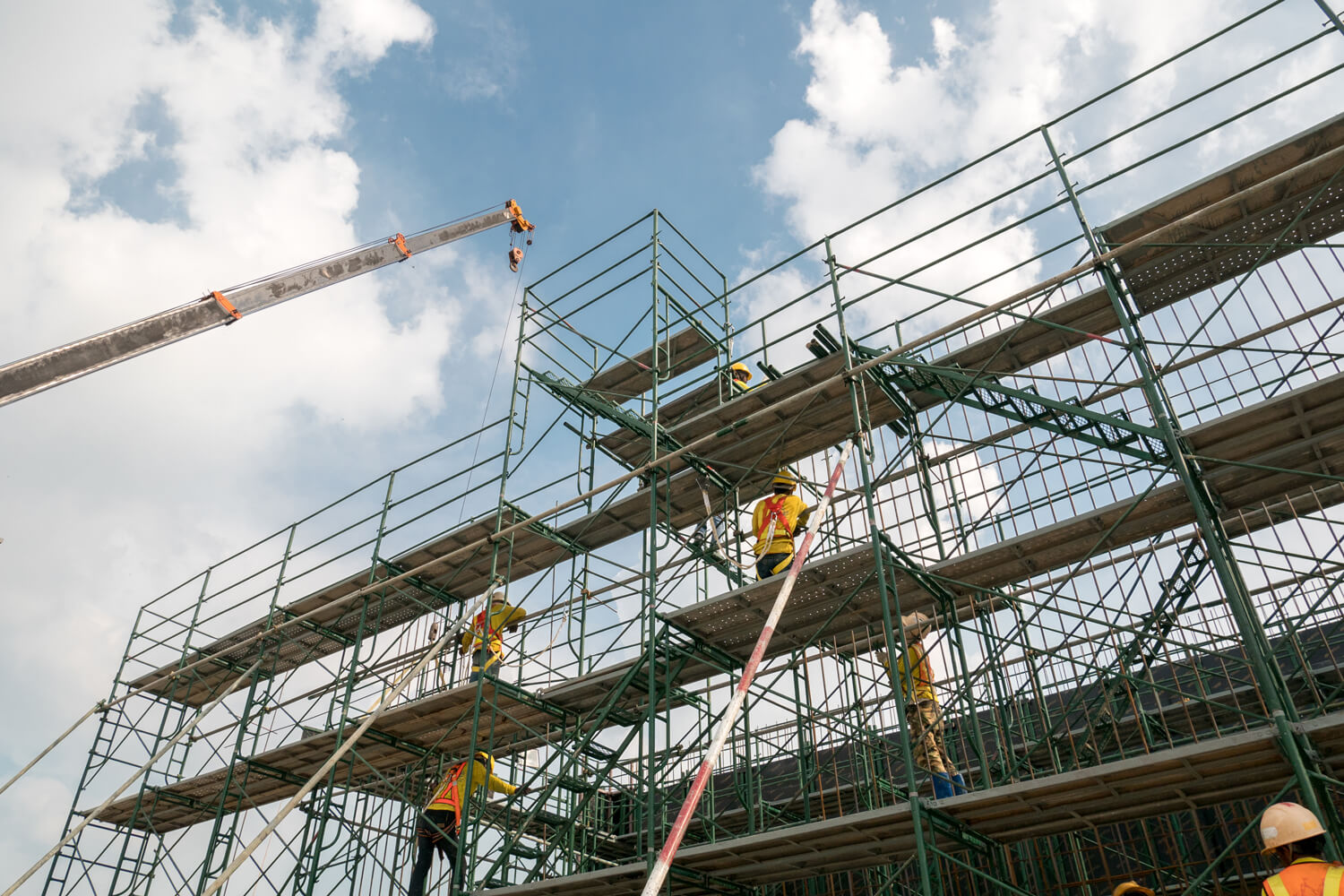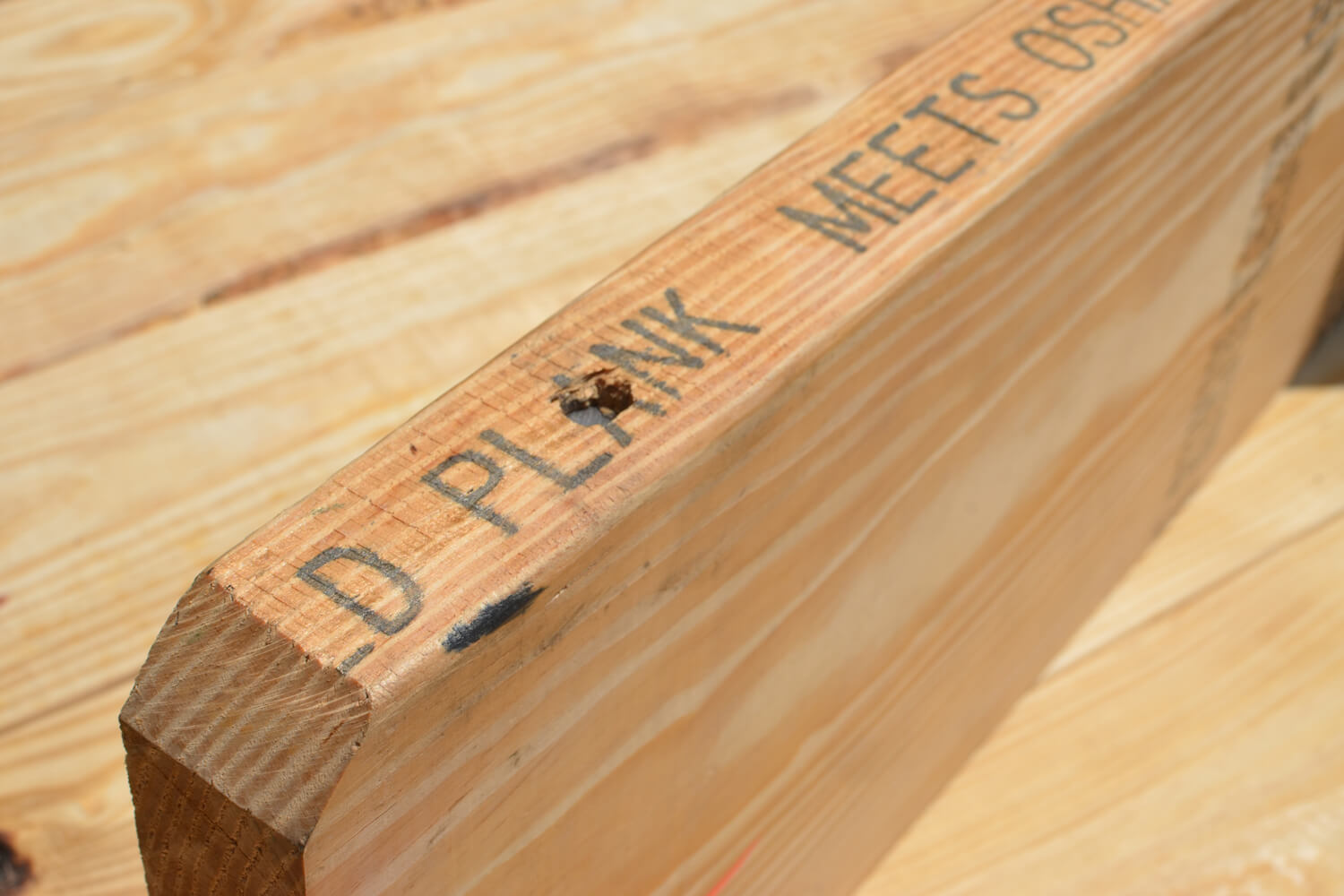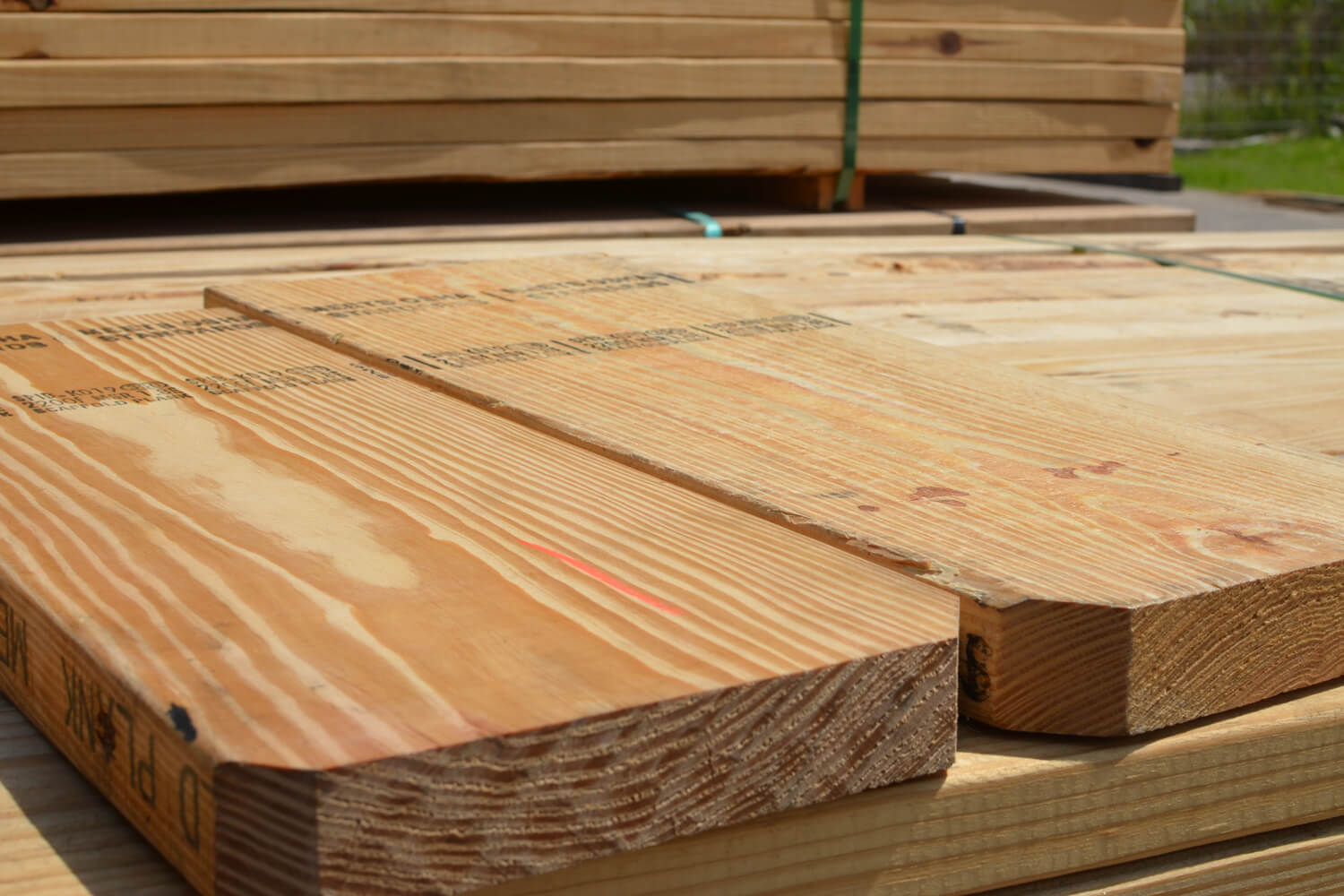Wood scaffold planks are an essential component in any construction project where elevated work areas are required. They are used to provide a safe and stable platform for workers and their tools, equipment and materials. With so many options to choose from, it can be challenging to know which type of plank is right for your specific needs.
One of the most critical factors to consider when selecting a scaffold plank is its strength and stiffness. Two commonly used types of scaffold planks are DI65 and MSR 2200 scaffold planks. DI65 scaffold planks are visually graded and use the density of the board to eliminate pieces that may not meet the published values. On the other hand, MSR 2200 scaffold planks are individually tested by machines to ensure they meet specific strength and stiffness standards. It is important to know that MSR 2200 scaffold planks as well as DI65 scaffold planks meet stringent visual grading requirements in accordance with SPIB grade rules. Both DI65 and MSR scaffold planks are interchangeable and intended for the same application, as both meet safety requirements. However, MSR 2200 planks have significantly less variation than visually graded DI65 planks, which makes them a preferred choice for high-risk work environments.
Another consideration when choosing scaffold planks is their surface texture. Rough cut boards are more expensive due to their board footage being slightly larger, but they are more slip-resistant than smooth boards. Smooth boards, also known as S4S boards, are milled down and smoothed out, which creates a slightly smaller dimension. However, they can become slick during rainy weather, making them less desirable for certain applications.
When it comes to preventing splitting and prolonging the lifespan of the planks, there are a few options to consider. One is to have the planks rodded, which involves inserting a metal rod through the ends of each board to prevent splitting and cupping during use. Another is to use planks with clipped corners. Clipped corners not only help prevent splitting, but they also have other benefits, like being easier to maneuver around in the frames, and eliminating sharp corners–making them a safer option in case of a fall. Both clipped corner planks and rodded boards cost more upfront, but they can save money in the long run by reducing the need for frequent replacements. When purchasing scaffold boards, you can choose to have both, one or neither option applied to each board.
All scaffold planks come with an identifying DI65 or MSR 2200 stamp. If your jobsite requires it, you can get the planks OSHA-stamped per regulations. You can also choose to have the sides of the boards branded with your company name, which can help with brand recognition and make it easier to identify your equipment on a jobsite.
To help prolong their lifespan, it’s important to allow wet planks to dry before stacking and storing so as not to cause mold. Additionally, storing them in a covered, airy, dry location can help prevent them from deteriorating. Choosing the right scaffold plank is crucial for creating a safe and stable work environment.
For more information, call 713-672-6679 or contact us here.








